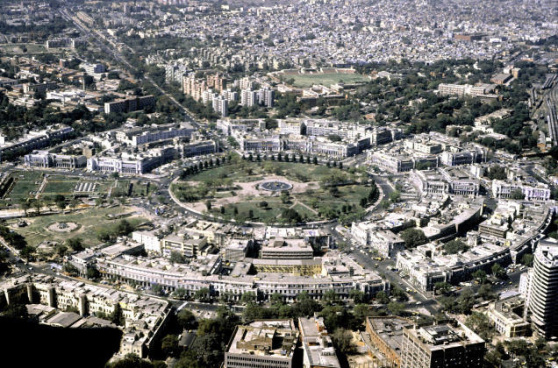
The Uttar Pradesh government has approved a Light Rail Transit (LRT) system to link Noida International Airport and Film City, integrated with the Rapid Rail Transit System (RRTS). This 72 km unified corridor will allow metro, rapid rail, and light rail services to operate on the same tracks, with differentiated loops and sections. The RRTS project, originally conceived with pod taxis, will now include LRT following a study comparing both options. The system will feature metro trains every 3.5 minutes, rapid rail every 7 minutes, and light rail every 8 minutes.
The decision was finalised in a recent board meeting of the Yamuna Expressway Industrial Development Authority (YEIDA), where the NCR Transport Corporation presented the proposed 72 km route connecting the airport and Ghaziabad. The project, initially divided into two phases—Ghaziabad to Ecotech VI and Ecotech VI to Jewar—will now be constructed as a single unified venture. The plan has been sent to the Union Ministry of Housing and Urban Affairs for final approval and completion is expected by 2031.
Initially, a 14 km route between Noida International Airport and Film City was proposed to be serviced by pod taxis, but the project faced several challenges, including issues with feasibility, which led to multiple extensions for bid submissions. No bids were received, prompting the decision to switch to light rail. YEIDA was instructed to conduct a comparative study between the two systems, ultimately favoring light rail.
The light rail system is part of a broader effort to enhance connectivity in the region, providing a reliable transport solution between key hubs such as the airport and Film City. The project aligns with the state’s infrastructure development goals and the increasing demand for efficient transit options across the National Capital Region.
According to Arun Vir Singh, CEO of YEIDA, “The plan allows three different services on the same tracks—metro, rapid rail, and light rail—with only slight variations in loops and sections. This system will efficiently cater to the increasing demand for diverse travel options along this vital corridor.”





















